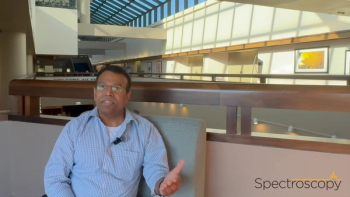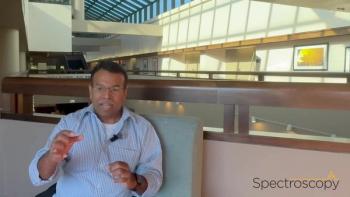
The Search for Life on Other Planets: NASA's McKay to Present Keynote at SciX 2012
Chris McKay of the NASA Ames Laboratory will give the keynote presentation at the SciX 2012 conference with a talk titled, “The Search for Life on Other Worlds.â€
Chris McKay of the NASA Ames Laboratory will give the keynote presentation at the SciX 2012 conference with a talk titled, “The Search for Life on Other Worlds.” Aptly timed to follow the recent landing of the NASA Jet Propulsion Laboratory’s “Curiosity” rover on Mars, McKay’s talk will present the latest information from the Mars mission.
The conference then continues with an excellent scientific program, including special symposia honoring the winners of awards granted by the member societies of FACSS. To listen to podcast interviews with the award winners, please visit
SciX 2012 is the 39th annual conference of the Federation of Applied Chemistry and Spectroscopy Societies (FACSS), and will be held September 30 to October 5, in Kansas City, Missouri.
For a preview of the conference program in PDF format, please click here:
Newsletter
Get essential updates on the latest spectroscopy technologies, regulatory standards, and best practices—subscribe today to Spectroscopy.





